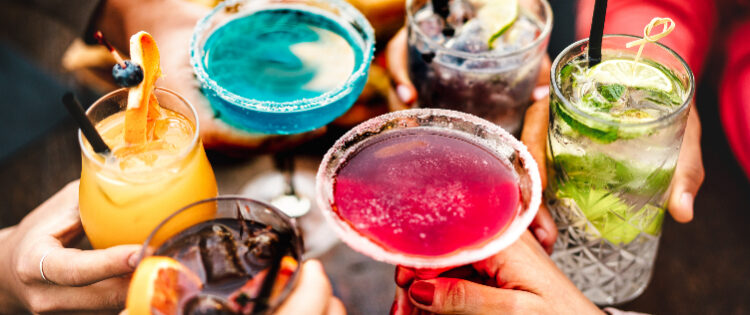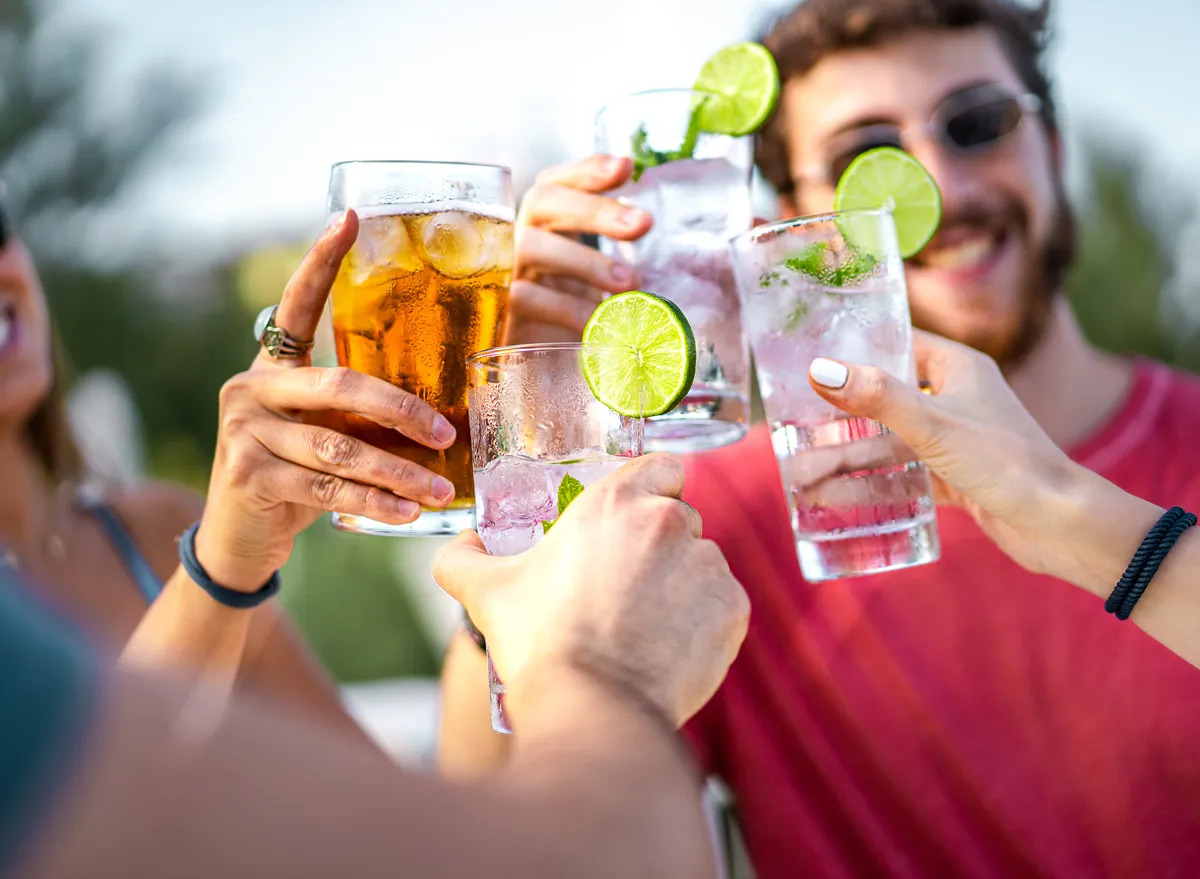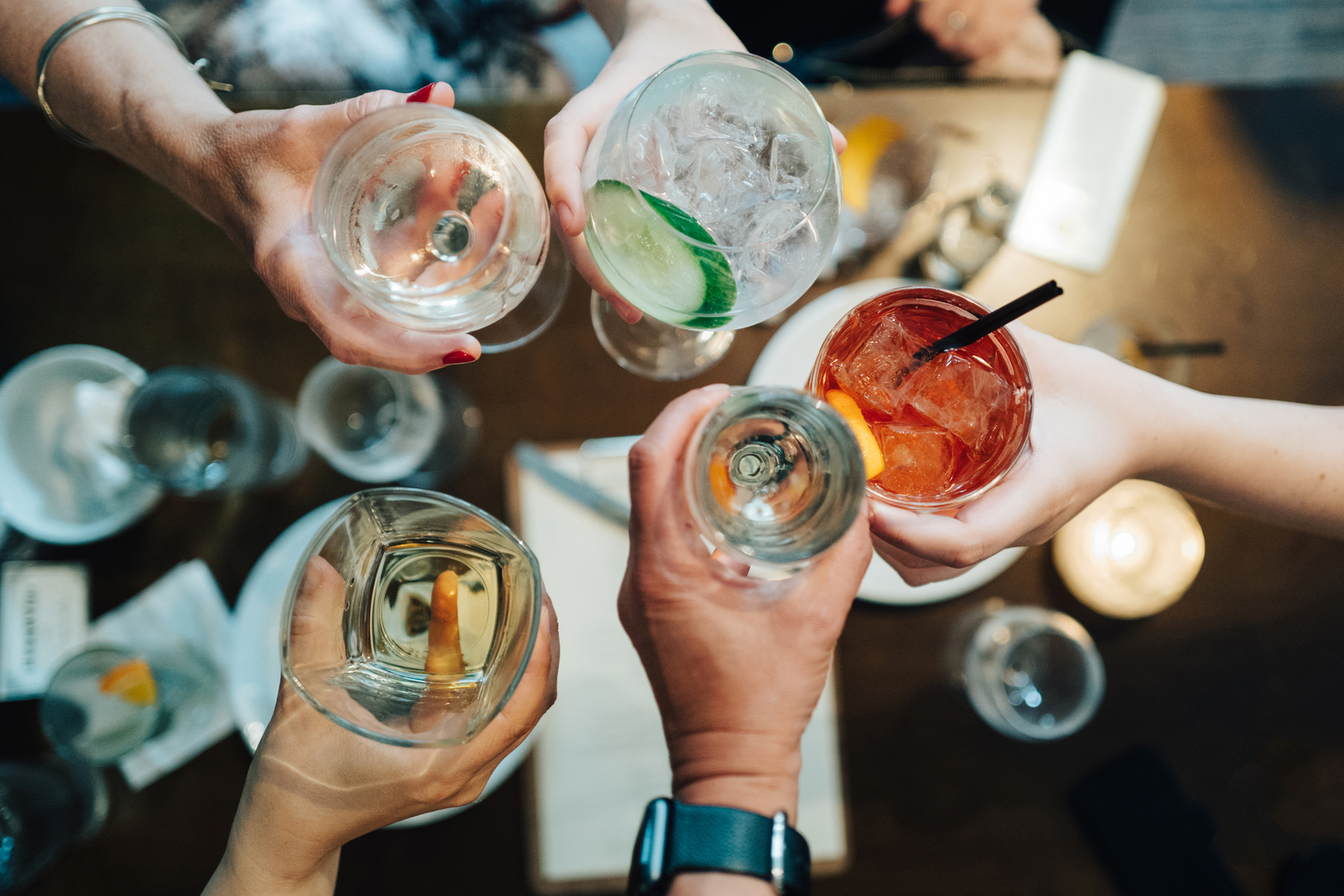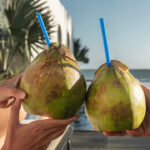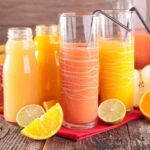In recent years, there has been a noticeable shift in consumer preferences within the alcoholic beverage industry. As health consciousness continues to rise, more consumers are seeking healthier alternatives to traditional alcoholic drinks. This change in demand has prompted alcoholic beverage manufacturers to adapt and innovate in response. Here’s a closer look at these evolving consumer preferences and how manufacturers are meeting the challenge.
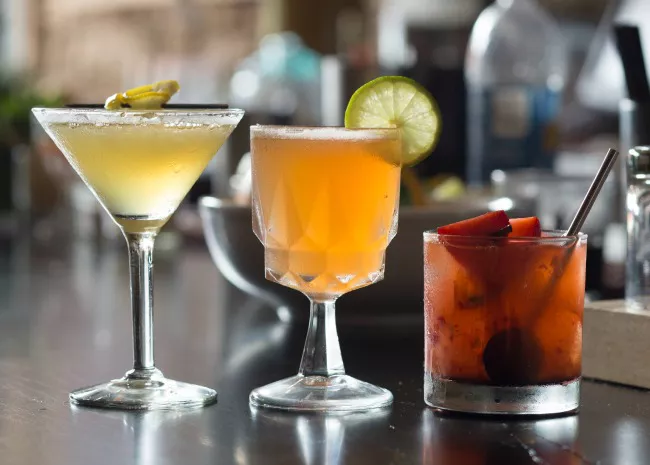
Health-Conscious Consumers
As society becomes more health-conscious, consumers are undergoing a significant transformation in their drinking habits. Previously, alcoholic beverages were primarily associated with indulgence and relaxation, but now, an increasing number of individuals are scrutinizing the nutritional aspects of their drinks. They are mindful of caloric content, sugar levels, and the potential health consequences of consuming high-alcohol beverages.
Read more: Hard Seltzer Manufacturers Predict The Future Outlook of This Trending Drink
In response to this shift in consumer preferences, alcoholic beverage manufacturers have undertaken several strategic initiatives. They recognize the importance of accommodating health-conscious consumers without compromising taste and quality. Here’s how they have responded:
Lower-Calorie Options
Manufacturers have introduced a range of lower-calorie alcoholic beverages. These options are designed to provide a lighter drinking experience while still delivering the desired flavors and alcohol content. Examples include light beers, wines, and spirits with reduced caloric content compared to their traditional counterparts.
Reduced Sugar Content
Acknowledging concerns about excessive sugar intake, manufacturers have been actively reducing sugar content in their products. This aligns with the broader trend of reducing added sugars in the diet. Beverages with lower sugar content appeal to health-conscious consumers who are mindful of their sugar intake.
Clear Nutritional Information
Transparency is key. Manufacturers have made efforts to provide clearer nutritional information on product labels. This includes prominently displaying calorie counts, sugar content, and other relevant nutritional details. This transparency helps consumers make informed choices.
Health-Focused Marketing
Many manufacturers have launched marketing campaigns that emphasize the health benefits of moderate alcohol consumption. These campaigns highlight scientific research linking moderate alcohol intake with improved heart health and reduced risk of certain conditions. By focusing on these potential benefits, manufacturers aim to alleviate concerns about the health impact of their products.
Alcohol Content Options
Some manufacturers offer a range of alcohol content options for the same product. For example, a beer brand might offer variations with different alcohol by volume (ABV) percentages, allowing consumers to choose a lower-alcohol option if they prefer.
Low-Alcohol and Light Varieties
The landscape of consumer preferences in the alcoholic beverage industry is continually evolving, and one of the noteworthy shifts in recent years is the growing interest in low-alcohol and light alternatives. This trend reflects a changing mindset among consumers who seek the flavors and enjoyment of their favorite alcoholic beverages without the full alcoholic punch.
To cater to this evolving demand, alcoholic beverage manufacturers have implemented a range of strategies and innovations. They understand that consumers are looking for alternatives that offer a balanced drinking experience, and they aim to provide just that:
Diverse Product Offerings
Leading alcoholic beverage manufacturers have introduced a diverse portfolio of low-alcohol and light versions of alcoholic beverages, spanning various categories such as beers, wines, and spirits. This extensive range allows consumers to choose options that align with their taste preferences and desired alcohol content.
Marketing as “sessionable”
These low-alcohol and light products are often marketed as “sessionable.” In this context, the term “session” refers to a longer and more relaxed drinking experience, where individuals can savor the beverage over an extended period without the risk of excessive alcohol consumption. This appeals to consumers who want to enjoy their drinks in a sociable and controlled manner.
Flavor Preservation
Manufacturers invest in preserving the authentic flavors of the original alcoholic beverages in their low-alcohol and light versions. They aim to replicate the taste profile as closely as possible, ensuring that consumers can savor the essence of the beverage without compromising on flavor.
Customization
Some manufacturers provide consumers with options to customize the alcohol content of their beverages. For example, they may offer beers with varying alcohol by volume (ABV) percentages, allowing consumers to choose the level of alcohol that suits their preferences.
Non-Alcoholic Alternatives
A notable and transformative trend in the alcoholic beverage industry is the remarkable rise in the popularity of non-alcoholic alternatives, often denoted as “NA” or “alcohol-free” beverages. This seismic shift reflects changing consumer preferences and lifestyles, as more individuals seek flavorful, enjoyable beverages without the inclusion of alcohol. These non-alcoholic options encompass a wide spectrum, including non-alcoholic beers, wines, spirits, and the burgeoning category of alcohol-free cocktails.
Recognizing the substantial potential of the non-alcoholic market, alcoholic beverage manufacturers have undertaken proactive measures to cater to this growing demand. They understand that consumers desire the same taste experience as their alcoholic counterparts but without the presence of alcohol. Here’s how manufacturers have responded:
Diversification of Product Lines
Leading manufacturers have expanded their portfolios to include non-alcoholic alternatives. This diversification ensures that consumers have access to a range of choices within the NA category, mirroring the diversity of traditional alcoholic beverages.
Mimicking Flavor Profiles
One of the key challenges in crafting non-alcoholic alternatives is replicating the intricate flavor profiles and aromas of alcoholic beverages. Manufacturers have invested in research and development to create innovative methods and formulations that mimic the taste and sensory experience of traditional alcoholic drinks.
Use of Premium Ingredients
To enhance the quality and taste of NA products, manufacturers often use premium ingredients. This commitment to quality ensures that consumers can enjoy high-quality, satisfying non-alcoholic beverages that rival their alcoholic counterparts.
Labeling Clarity
Labeling plays a pivotal role in the marketing of non-alcoholic alternatives. Manufacturers prioritize clear labeling to distinguish their NA products from their alcoholic counterparts, helping consumers easily identify and select the desired beverage.
Zero Alcohol, Maximum Flavor
Manufacturers aim to highlight that zero alcohol content doesn’t mean compromising on flavor. They employ techniques such as intricate blending, natural ingredients, and unique flavor combinations to create enticing non-alcoholic alternatives.
Creative Flavors and Ingredients
In the ever-evolving landscape of consumer preferences within the alcoholic beverage industry, there’s a pronounced desire among consumers for more adventurous and unique flavors in their drinks. This trend goes beyond the conventional and familiar, as consumers increasingly seek novel, innovative, and enticing taste experiences. Craft breweries and distilleries, in particular, have been at the forefront of capitalizing on this trend by pushing the boundaries of creativity through the exploration of unconventional ingredients and flavor combinations.
In response to this consumer demand for novelty and innovation in flavors, alcoholic beverage manufacturers have demonstrated a commendable willingness to embrace creativity. They understand that the modern consumer seeks not only quality but also memorable experiences. Here’s how manufacturers have responded:
Limited Edition Releases
Manufacturers frequently introduce limited-edition and seasonal releases that feature unconventional and exciting flavor profiles. These releases generate anticipation and excitement among consumers, encouraging them to explore new and unique taste experiences.
Crafting with Novel Ingredients
Craft breweries and distilleries have taken the lead in experimenting with novel ingredients that elevate the sensory experience of their products. These ingredients can range from exotic fruits and herbs to spices, botanicals, and even unconventional grains.
Embracing Cultural Influences
Exploring global flavors and cultural influences is another avenue of creativity. Manufacturers draw inspiration from international cuisines and traditions, infusing their beverages with flavors that resonate with diverse audiences.
Appealing to Niche Markets
These innovative and creatively crafted products often target niche markets of adventurous consumers who are eager to explore new taste sensations. These consumers seek out unique flavor combinations and are willing to experiment beyond their usual choices.
Read more: Kombucha Manufacturer (OEM Kombucha/ODM Kombucha)
Storytelling and Branding
Manufacturers understand that the story behind a product is as important as the taste itself. They leverage storytelling and branding to convey the journey of creating these unique beverages, adding an extra layer of intrigue for consumers.
In conclusion, changing consumer preferences within the alcoholic beverage industry are driving manufacturers to adapt and innovate. The shift towards healthier options, low-alcohol beverages, and non-alcoholic alternatives reflects a growing awareness of health and wellness. Alcoholic beverage manufacturers are responding by offering a wider range of products that cater to these evolving tastes and preferences, ensuring that consumers have a variety of choices when it comes to enjoying alcoholic beverages in a way that aligns with their lifestyles and values.


